Continuous learning is a key to driving business goals and developing a competitive edge. “…continuous learning is critical for business success. For today’s digital organizations, the new rules call for a learning and development organization that can deliver learning that is always on and always available over a range of mobile platforms,” stated Deloitte.(1)
The Incredible Benefits of Continuous Learning for Businesses
Most company leaders know that learning and training promote corporate success. Fewer individuals understand the importance of continuous learning which, according to LinkedIn(2), is important for the following reasons:
- It increases employee competence.
- It promotes innovation.
- It develops critical thinking skills.
Also, and perhaps most compelling to employers, continuous learning increases profitability and productivity.(3)
2 Tips for Establishing a Continuous Learning Culture
Here are two easy ways your company can build a culture of continuous learning starting today:
- Utilize strategic knowledge sharing resources — Peer-to-peer, or informal, learning is often at the heart of a continuous learning culture. Foster knowledge sharing by creating opportunities for strategic sharing sessions. From LXPs to HCMs, there are many innovative solutions to help connect the dots.
For an example of traditional training efforts, Inc.com posted an article that suggested having employees complete a continuous education request form if they want to attend an off-site training, then having them “agree to schedule a sharing session with the rest of the company so that the knowledge they acquired (doesn’t) reside only with them.”(4)
Other ways to encourage knowledge sharing include scheduling off-site meetings and events and even setting aside time for face-to-face collaboration.
The channel to share this type of knowledge is key. Use available learning technology that connects employees and SMEs online to reduce the barriers of sharing information. Creating the easiest path possible to benefit from informal knowledge sharing will encourage continuous learning, and will have business benefits.
“If only HP knew what HP knows, we would be three times more productive.” Lew Platt, CEO, Hewlett-Packard.
- Enable learning in the flow of work — There is no better way to constantly learn than to learn in the flow of work. When an employee is learning in this way, he or she is naturally accessing fresh knowledge and skills throughout the workday directly within the business applications they use most frequently. No need to go to a seperate system to search for relevant content. This is why companies should promote learning in the flow of work.
Josh Bersin, who is popularizing the learning in the flow of work concept, said 49 percent of employees want to learn in this manner.(5)
For example, you can now connect your valuable learning content directly to applications like Salesforce, Microsoft Office, Slack, ServiceNow, and other popular options enhancing the productivity of the average employee’s workday.
Imagine being in the middle of creating that Powerpoint presentation that is past due and you need to reference those new sales materials that we posted on the LXP channel. All you need to do is highlight the keyword term in Powerpoint and the content comes directly to you, instantly. No searching, or even leaving Powerpoint, needed. That exists and is how learning in the flow of work is revolutionizing access to content for innovative organizations.
“In the research we just completed, we found that employees who spend time at work learning are 47% less likely to be stressed, 39% more likely to feel productive and successful, 23% more ready to take on additional responsibilities, and 21% more likely to feel confident and happy. And the more you learn, the happier you become,” wrote Bersin.(5)
Drive Business Goals with a Continuous Learning Culture
Successful businesses, and especially every industry leaders, support a continuous learning culture. Establishing and maintaining such a culture is not as difficult as you might think. It can be as simple as facilitating strategic knowledge sharing resources for employees and giving staff the tools they need to learn in the flow of work. All you need are the right tools and the right perspective to make a foundation of continuous learning that will pay dividends as your organization evolves.
References:
- Deloitte. Learning in the digital age. https://www2.deloitte.com/insights/us/en/focus/human-capital-trends/2017/learning-in-the-digital-age.html.
- LinkedIn. 7 reasons why continuous learning is important. https://www.linkedin.com/pulse/7-reasons-why-continuous-learning-important-amit-nagpal.
- CEOWORLD Magazine. Increase productivity and profitability through continued learning. https://ceoworld.biz/2014/09/03/increase-productivity-profitability-continued-learning/.
- Inc.com. 5 unique ways to create a culture of continuous learning. https://www.inc.com/marissa-levin/5-unique-ways-to-create-a-culture-of-continuous-learning.html.
- Bersin, Josh. A new paradigm for corporate training: learning in the flow of work. https://joshbersin.com/2018/06/a-new-paradigm-for-corporate-training-learning-in-the-flow-of-work/.



